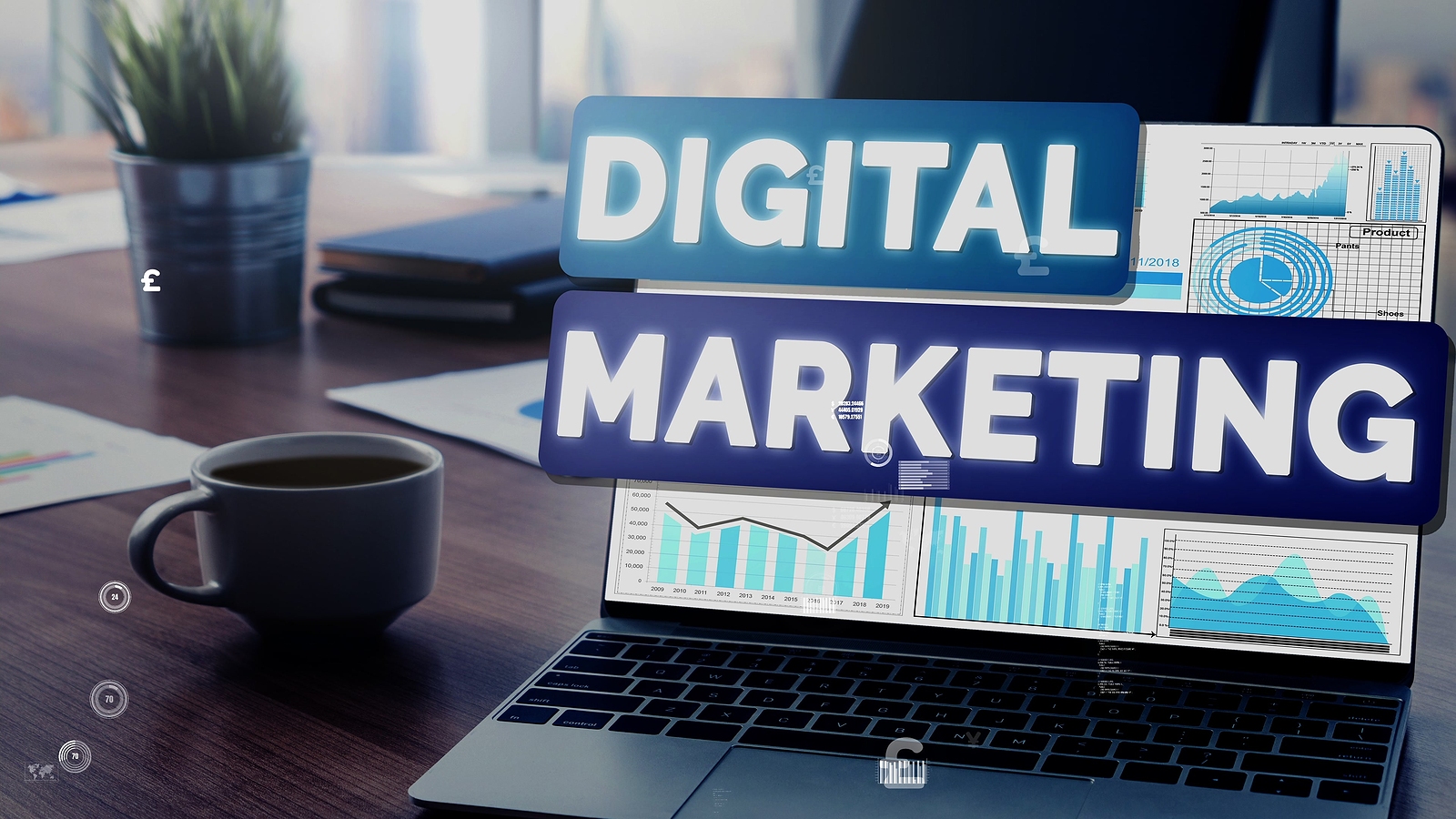Every marketer learns early on: no  matter how robust sales may be at the moment, your product or service must be marketed to new customers at all times. New customers represent the future lifeblood of a business.
matter how robust sales may be at the moment, your product or service must be marketed to new customers at all times. New customers represent the future lifeblood of a business.
The lesson works in reverse, too, which is why future marketers are reminded of the marketing tenet, “80 percent of your business comes from 20 percent of your customers.” Existing customers represent the future lifeblood of a business, too.
Sometimes, even America's leading companies become so focused on new customers that they have to revisit the second lesson. Such was the case with Allstate – one of America's leading providers of vehicle and life insurance. A recent Google post by the insurer's marketing vice president carries lessons about the importance of using digital to meet the needs of current customers – and keep them as customers long into the future.
Company's marketing assumptions may sound familiar
As a national company, Allstate boasts a huge
Curious to know more about what its customers knew about its myriad offerings, Allstate turned to Google Surveys, using it in tandem with its own internal research. “The results were shocking,” Pamela Moy, Allstate's marketing vice president said.
Findings underscored flawed assumption
While 70 percent of Allstate customers used digital to research new policies:
-
Only 1 in 5 knew the company offered products different from what they already had.
-
1 in 3
weren’t aware of the savings they could achieve through bundled policies.
It would have been easy for Allstate to take heart in the latter finding; after all, two-thirds of its customers were aware of the potential for savings. But Allstate dug deeper and realized not all of those calls to local agents represented sales opportunities. In fact, the company found customers sometimes called to cancel a policy because they had found an add-on policy elsewhere. The opportunity for cross-selling, which Allstate had assumed held so much hope, evaporated before it even fully materialized.
“We realized we needed a digital-first touchpoint to assist the huge percentage of current customers who were searching for additional insurance online, but who had no idea what else we offered or that we could save them money,” Moy said.
Company made digital personal
Energized by the opportunity, Allstate organized its customers into 40 groups, gleaning insights about their shopping behaviors and how they used their mobile devices, Moy said.
With Customer Match, the company developed personalized messages for each group. For example, a customer who already had an Allstate car insurance policy and was shopping for life insurance would get a tailored message directing him or her to a landing page that described the benefits of bundled Allstate policies. A followup message directed the customer to the closest local agent.
Along with other efforts, the results have been “very promising,” Moy said. “Many customers who were 'at-risk' are now stable.”
Not every company has the internal marketing resources of Allstate, which is why they reach out to ADTACK to help them replicate best practices in the industry. Begin by downloading our helpful Defining: Digital Marketing guide. Then call us to make a consultation – and take your first step toward bolstering your bottom line with both your current and future customers.






